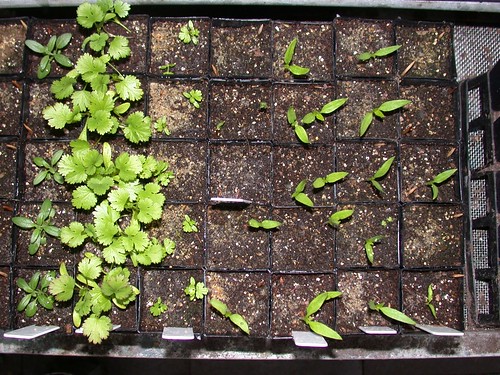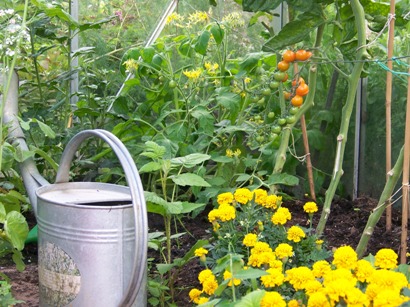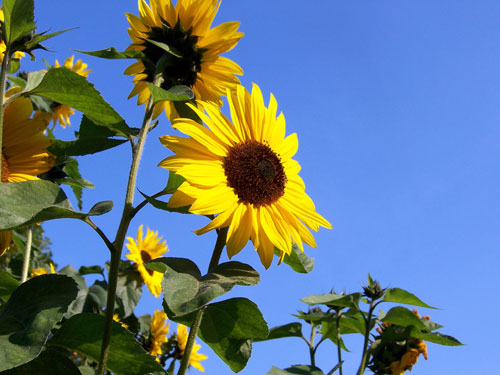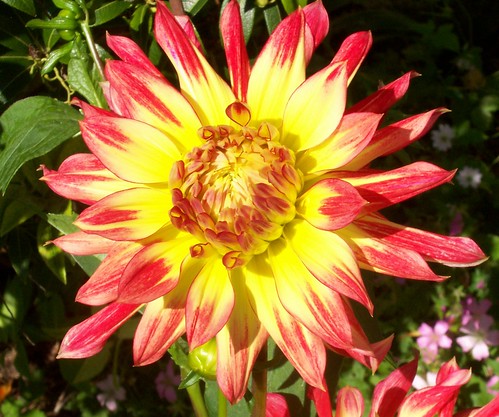
How To Enjoy the Garden.
We often write about how to kill pests, how to grow vegetables, how to keep on top of the weeds. But, what about how to enjoy the garden? We all know gardens are for enjoyment, but, if we’re not careful, they can become a beast of burden rather than a paradisical area for our relaxation and enjoyment.
Do a Job 100%.
It is tempting to be in the half mood of gardening, we wander out in our slippers and start half heartedly pulling up some couch grass with our bare hands. We don’t really get the job, (we don’t even want to get our slippers on hands dirty). When we are weeding, we want to go at it ruthlessly, will all the right equipment to eradicate an area or particular weed. It is more efficient to get a job done, than leave it at 50% done.

Perfection Should be A Natural Perfection
Do you wander round famous gardens and get jealous of the immaculate lawns the absence of any weed e.t.c? The great natural garden can happily incorporate the odd weed without losing its beauty and naturalness. If we are only happy when there are no weeds and no pests and neat rows, and immaculate petunias… we will never be able to enjoy the garden.
It’s just a matter of looking on weeds with a different perspective. Look at the bigger picture and enjoy the different shades of green…
Feel the Living Energy.
A garden is more than a beautiful picture to look at. It is enjoyable to sometimes just sit back and listen to the hum of insects and feel the life that is going on in the garden.
Do Manageable Tasks.
Have you ever started with a little light pruning and before you know it you’re trying to tackle and giant conifer involving innumerable visits to local recycling place. Before, start gardening have a manageable task. It is better to grow six tomato plants well, than try and grow 50 tomato plants badly. You will never be able to eat all tomatoes anyway. Keep the scale to fit your schedule. If you have little time, look for time saving techniques. If a bush grows so quickly you are always having to prune it, why not take it out and put something in lower maintenance.
Related













